President Donald Trump has a penchant for singing the praises of public polling when those polls sing his praises back. In the 2016 Republican presidential primary, Mr. Trump notoriously fileted his opponents by mentioning his (climbing) poll numbers and referencing their often-single-digit numbers. However, the president has a selective interest in polling that puts in jeopardy his political fortune and his ability to advance a policy agenda.
The president often looks skeptically at public polling that shows negative reviews of his job performance or low levels of support among voters. When bad polling hits the airwaves, Mr. Trump typically attacks them along one of two lines. One is simply to call the polls false, tying into a broader effort to delegitimize institutions (see #FakeNews). The second is to point to 2016 general election polling that suggested a Hillary Clinton victory—an outcome that failed to materialize on election night.
The problem with writing off polling
Despite what politicians believe, polling is a scientific process. Like any scientific process based on estimates drawn from samples, it has margins of error and can be wrong from time to time. Some—not all—state-level polling in 2016 showed us such errors on the grandest of scales. However, national-level polling was accurate. National level polls showed a narrowing race going into Election Day and predicted about a three percent victory for Clinton. The reality? Clinton won the popular vote (the figure national level polling reflects) by about 2.1 percent.
In fact, post-election analyses of many state polls offered a few takeaways. First, some polls were quite off (see Ohio, Wisconsin, Iowa, and a few others). Ultimately, it was in these states that the election was won and lost. Second, Trump outperformed many poll averages consistently, but only by a small margin. Of course, that small margin was enough to make prognosticators look foolish and for Mr. Trump to win the election. Third, in other key states like North Carolina, Michigan, Pennsylvania, Florida, Virginia, and many other swing states, the polling averages were well within the margin of error.
So, while the president likes to point to how wrong polls can be (except when they offer him good news), he wildly overestimates how incorrect 2016 polling truly was. In many ways, that is not his fault. For weeks after the election, media covered the “inaccurate polls” with a voracious appetite, and that information sunk in to the American electorate and the mind of the president-elect and his team.
We learn a few things from this exercise. In 2016, national polling was accurate. In 2016, state-level polling was largely accurate. And finally, the reports of the demise of polling as a tool have been greatly exaggerated. This creates a false sense of confidence for the president. He basks in the glow of positive polling and easily writes off negative polling—a level of dissonance that is difficult to understand and explain.
The president’s delusion about 2017 polling
Since taking office, President Trump’s support within the electorate has steadily declined. He was elected president with 46 percent of the vote, and at its peak, his job approval rating stood at 48 percent. By early August, his job approval rating average stood around 36-37 percent nationally. This suggests the president has lost 9-10 percentage points of support since Election Day and 11-12 percent support from his peak popularity.
Much has been written about the president’s historically low approval ratings, but that is less important than the on-the-ground electoral reality he faces. The president won the election despite losing the popular vote by over two percent. He cannot afford any decrease in support if he wishes to be reelected, no matter a double digit drop in support. Nevertheless, the president has written off such polling, suggesting his support is strong and support among his base is stronger than ever. (My colleague Bill Galston addressed Mr. Trump’s levels of support among his base in a blog post last week.)
The narrowness of the president’s victory is not reflected in the Electoral College margin, but rather in the margins in the states. The three key states with the narrowest margins that put the president over the top in 2016 were Michigan, Wisconsin, and Pennsylvania. He won those states by 10,704; 22,748; and 44,292 votes, respectively. For perspective, that is a margin of 0.2 percent in Michigan, 0.8 percent in Wisconsin and 0.7 percent in Pennsylvania.
It can be said, then, that the president won the election by 77,744 votes. That is not a charitable take, but it is the bare minimum take that every political advisor to the president should impress upon him every day. Losing 10 percentage points nationally creates an untenable path to reelection. In fact, looking state-by-state at polling since the inauguration, Gallup shows the difference between the president’s 2016 vote totals and his current levels of support. He is down 4.5 percent in Michigan, 4.8 percent in Wisconsin and 4.4 percent in Pennsylvania. (Forget the 6.1 percent drop in Iowa and 7.0 percent drop in Florida!)
The president, having been elected with less support than his opponent, in the narrowest of key state-vote margins since the 2000 election, and only 46 percent of the vote, must expand his appeal nationally. Since Inauguration Day, he has done just the opposite. That political reality is one that hurts Republicans up and down the ballot, far in advance of the president’s 2020 reelection campaign.
Maybe I am wrong; maybe all the polls are wrong. But a responsible politician and a president with commonsense would err on the side of caution. He would believe those polls are right and work hard to right the ship. If the polls are right, the public doesn’t think the president is honest, doesn’t think he is handling large segments of public policy well, and doesn’t support the job he is doing as president. That’s a tough combination for a man seeking reelection.
The polls were not as wrong in 2016 as was initially reported, and polling tends to do a fairly good job of reflecting public will. Ignoring them is political malpractice that will hurt more people than the guy sitting in the Oval Office or lining up a chip shot on Number 16 at Bedminster.
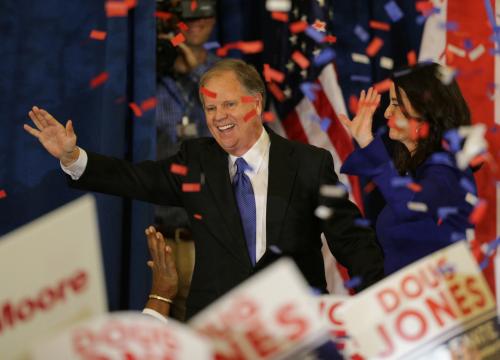
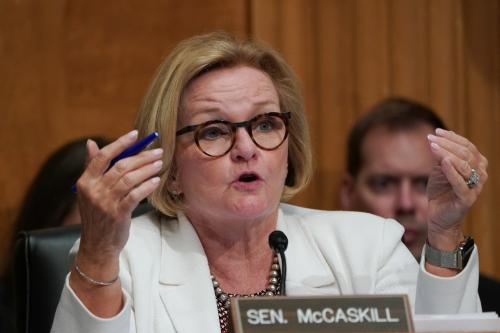
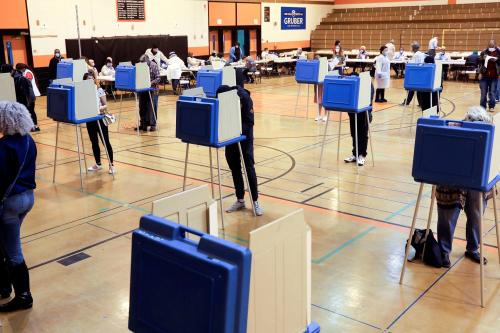
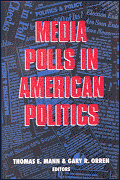
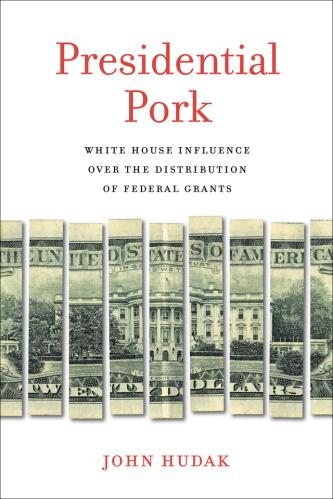
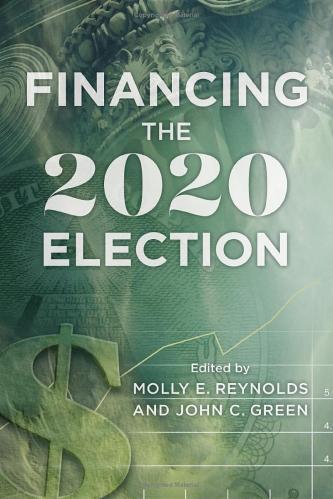




Commentary
President Trump, it’s political malpractice to ignore polling
August 11, 2017